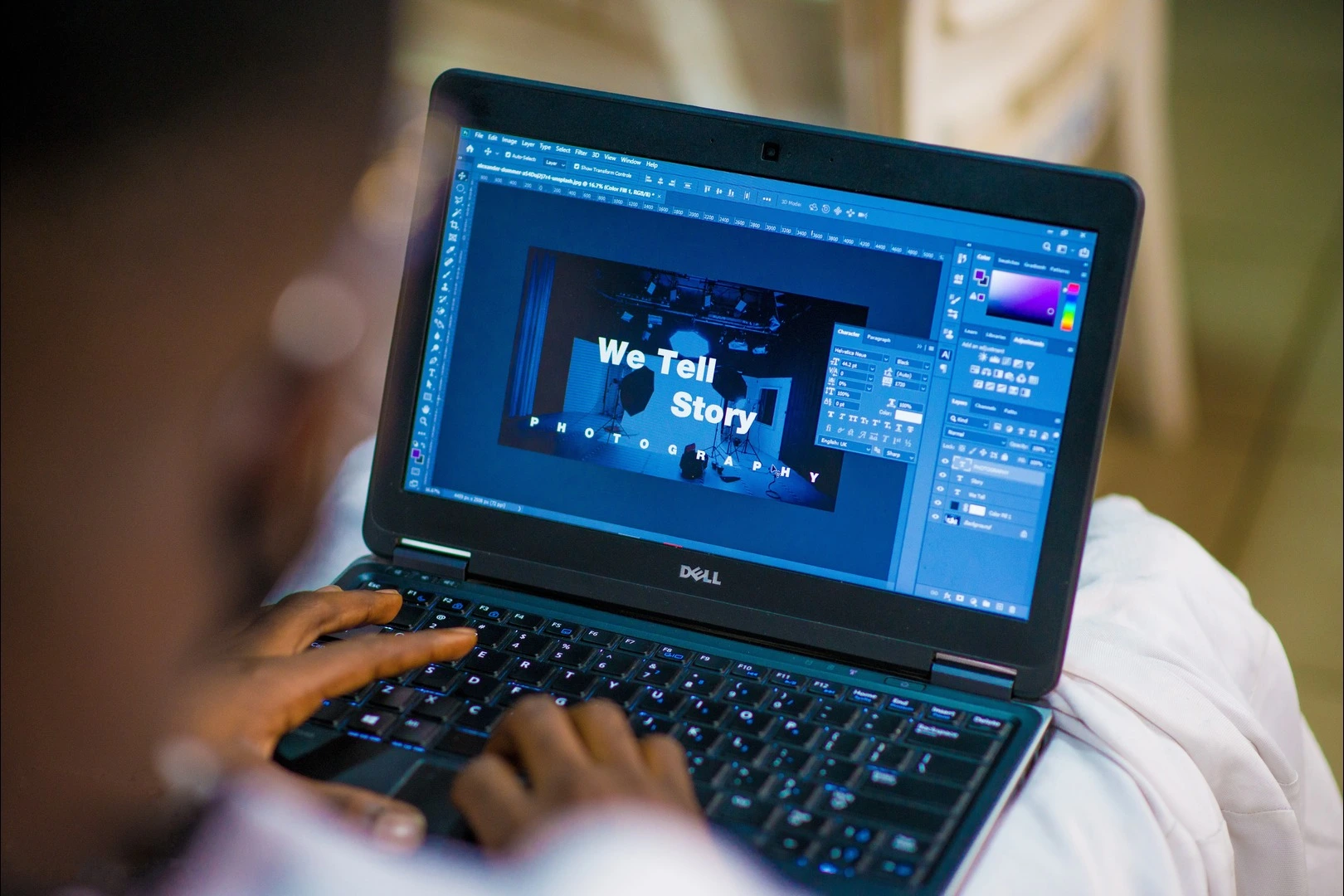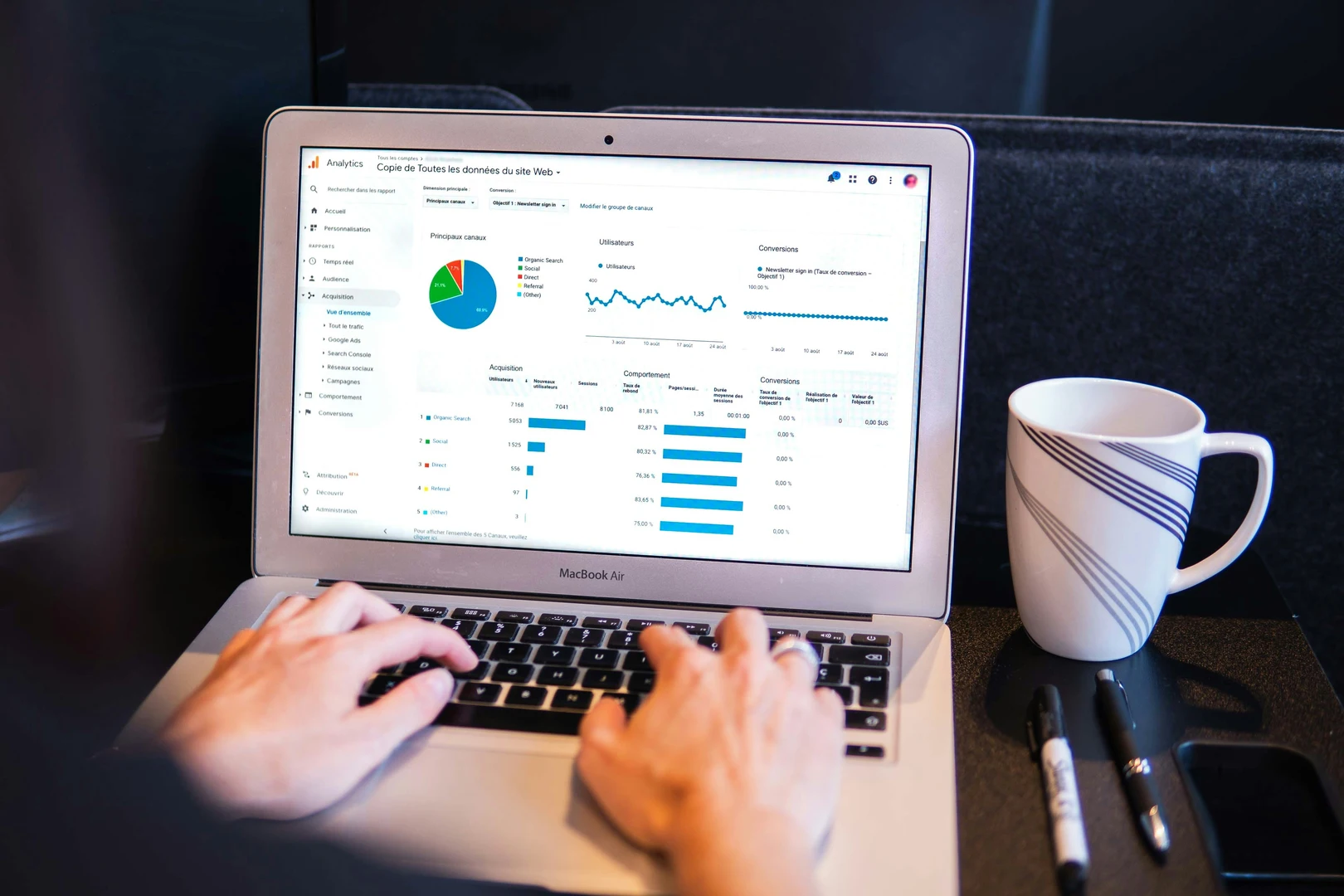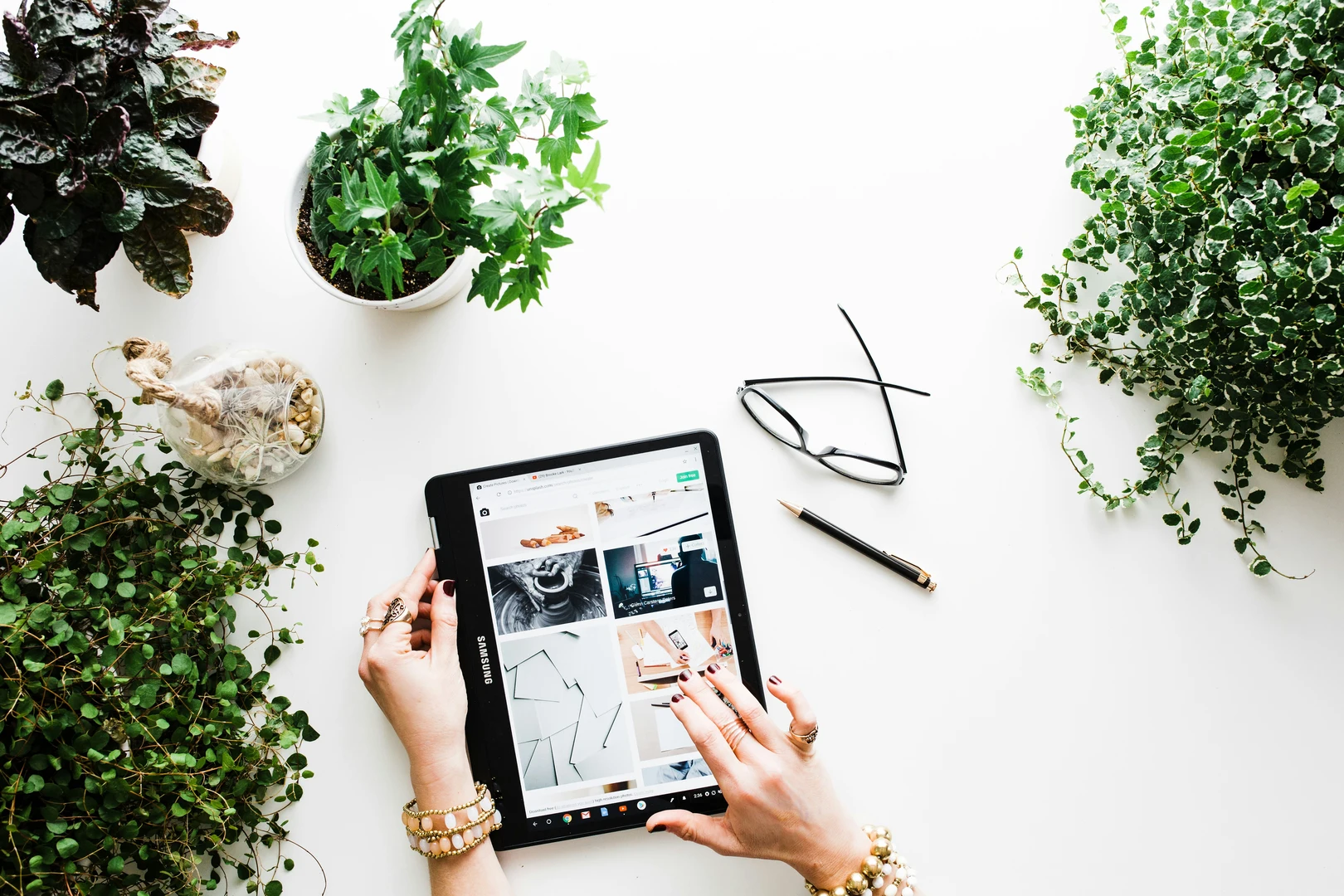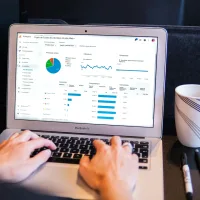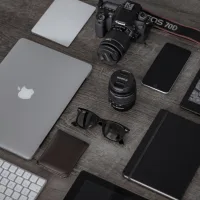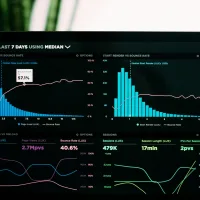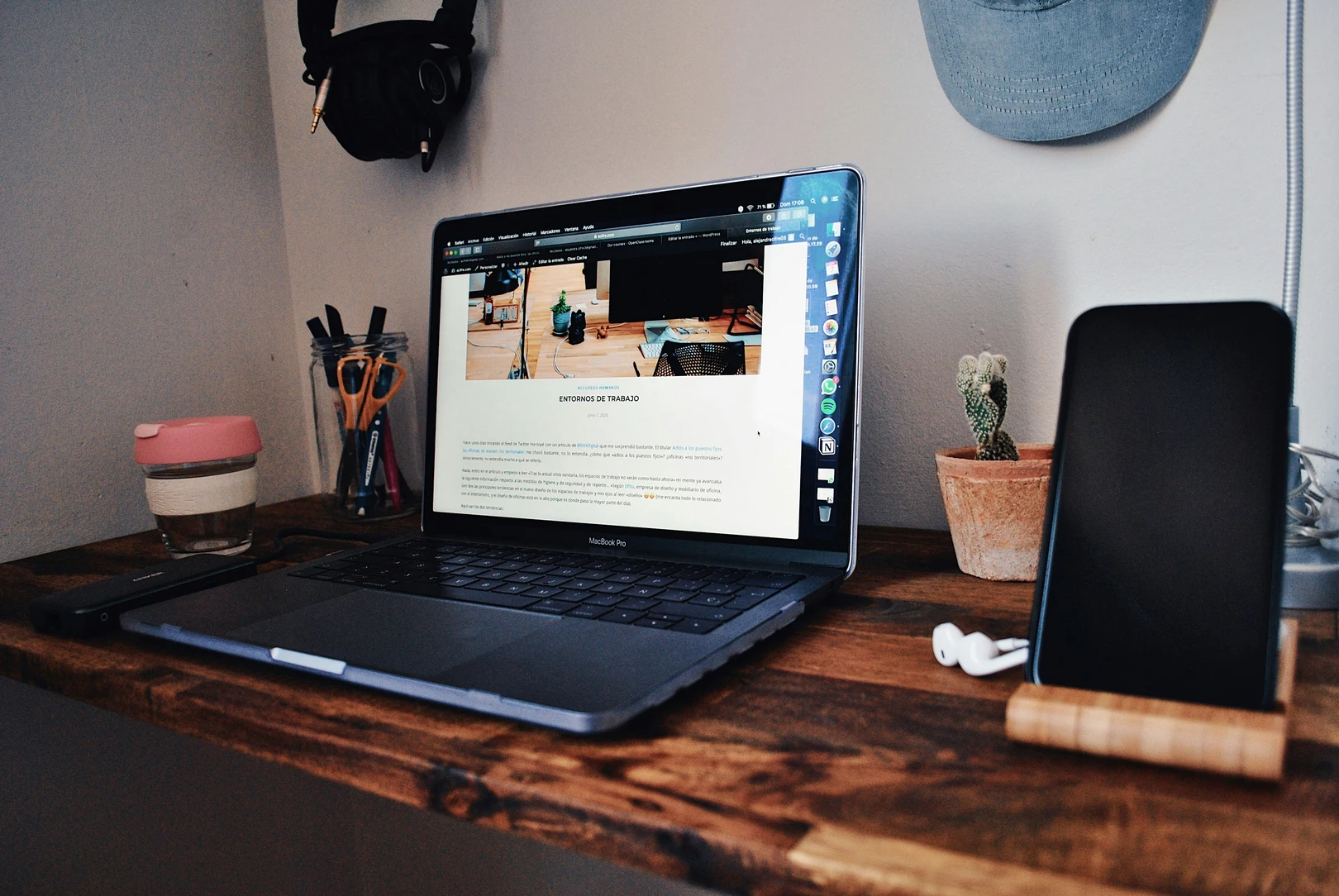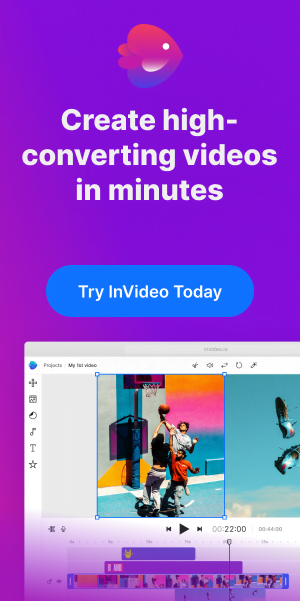If you’ve ever been captivated by the power of images, colors, and typography to convey ideas, emotions, and messages, then you’re on the right path. In this blog, we’ll explore how to become a graphic designer.
Graphic design offers a gateway to lucrative tech skills in high demand. As the business world continues to embrace the digital age, the need for skilled graphic designers has never been greater.
Additionally, graphic design seamlessly complements tech businesses, mobile app development businesses, and a myriad of other ventures. This makes it an invaluable asset in today’s competitive tech market.
For those with an artistic flair and a desire to take the path less traveled, graphic design presents a world of freelance tech skills and tech freelancing opportunities.
As the gig economy thrives, talented graphic designers find themselves at the forefront of a digital revolution, offering their expertise to clients and businesses seeking to make a visual impact.
So, how can you become a graphics designer? Let’s find out!
What is a Graphics Designer?
A graphic designer is a professional who creates visual content to communicate messages or ideas. This visual content is often used for print or digital media, including advertisements, websites, brochures, logos, and more.
Graphic designers combine artistic and technical skills to design visual elements. The primary goal of a graphic designer is to use visual elements, such as images, typography, and color, to convey information or evoke specific emotions.
Effective graphic design is crucial for establishing a strong visual identity, conveying messages effectively, and creating a positive and memorable user experience. Graphic designers may work as freelancers, in design agencies, or as part of in-house design teams within larger organizations.
What Do Graphic Designers Do?
Graphic designers undertake a variety of tasks to create visual content that communicates messages or ideas.
Here are some common activities and responsibilities that graphic designers typically engage in:
- Understanding Client Requirements: Graphic designers begin by meeting with clients or stakeholders to understand their goals, target audience, and any specific requirements for the project.
- Conceptualizing Ideas: They brainstorm and develop creative concepts for visual communication, considering the message, aesthetics, and overall design strategy.
- Creating Visual Elements: Graphic designers produce visual elements using various tools and software. This may include designing logos, illustrations, layouts, and other graphical assets.
- Typography: Choosing and arranging fonts to complement the overall design and enhance readability.
- Color Selection: Selecting appropriate color schemes to evoke specific emotions or align with the brand identity.
- Layout Design: Organizing visual elements in a layout to create a cohesive and visually appealing design. This could involve designing for print materials, websites, or other platforms.
- Image Editing: Manipulating and editing images to enhance their visual impact or to fit the design requirements.
- Branding: Developing visual elements that contribute to a brand’s identity, such as logos, business cards, and other branded materials.
- Web Design: Creating user interfaces, website layouts, and graphics for online platforms, considering both aesthetics and user experience.
- Print Design: Designing materials for print, such as brochures, posters, packaging, and advertising collateral.
- Communication with Clients: Presenting design concepts to clients and incorporating feedback to refine the final product.
- Staying Updated on Design Trends: Keeping abreast of current design trends, tools, and technologies to ensure that their work remains contemporary and relevant.
- Collaboration: Working closely with other professionals, such as marketing teams, writers, and developers, to ensure a cohesive and effective end product.
What Do You Need to Be a Graphic Designer?
So, what do you need to be a graphics designer? Becoming a graphic designer typically involves several key elements:
- Education: Many individuals in the field hold a bachelor’s degree in graphic design, visual communication, or a related discipline. Alternatively, some successful designers may have degrees in fine arts or marketing. Taking courses or workshops in graphic design, typography, and color theory is also valuable.
- Technical Skills: Proficiency in industry-standard graphic design software is crucial. Knowledge of tools such as Adobe Creative Suite (including Photoshop, Illustrator, and InDesign) is fundamental. Additionally, designers need skills in typography and a solid understanding of color theory.
- Creativity: Graphic designers must possess a strong sense of creativity. This creative flair is essential for generating innovative and visually engaging ideas that effectively communicate messages.
- Communication Skills: Effective communication is vital for understanding client needs, presenting design concepts, and incorporating feedback. Being able to articulate design decisions and concepts is crucial in the collaborative nature of the design process.
- Attention to Detail: Graphic designers need a keen attention to detail to ensure the accuracy and quality of their work.
- Portfolio Development: Building a strong portfolio is critical. A portfolio should showcase a variety of projects that demonstrate a designer’s skills, versatility, and ability to tackle diverse design challenges.
- Stay Updated: Graphic designers must stay updated on design trends, tools, and technological advancements to remain competitive and relevant in the industry.
- Networking: Building a network within the design community and related industries can open up opportunities for collaboration, mentorship, and exposure.
- Problem-Solving Skills: Graphic designers should possess strong problem-solving skills, as they often encounter challenges that require critical thinking and creative solutions during the design process.
- Time Management: Efficiently managing time and meeting deadlines is crucial in the fast-paced world of graphic design.
- Adaptability: Graphic designers need to be adaptable to changing trends and client preferences, remaining flexible and responsive in a dynamic field.
How to Become a Graphics Designer
At its core, graphic design is the art of blending creativity with functionality. It’s about visual communication—using shapes, colors, images, typography, and layouts to convey a message, evoke emotions, or provoke actions.
Graphic designers are visual storytellers, crafting narratives that resonate with a target audience and serve a specific purpose, whether that’s promoting a product, conveying information, or simply sparking curiosity.
1. Educational Foundation
One way to become a graphic designer is through formal education. You can start by pursuing a degree in graphic design, visual communication, or a related field. If academia isn’t your preference, there are various online resources for self-learning
2. Technical Proficiency
It is important you get comfortable with the heavyweights of graphic design software, such as Adobe Creative Suite—think Photoshop, Illustrator, and InDesign. These tools are your allies in crafting stellar designs.
3. Cultivate Creativity
Now, let’s talk about creativity. Graphic design is your canvas – paint it with innovative and visually captivating ideas. Don’t be afraid to experiment and discover your unique style.
4. Portfolio Development
Create a professional portfolio showcasing your graphic design journey. You can include a diverse array of projects, from logos to web designs. Let your portfolio speak volumes about your skills and creative range.
5. Gain Practical Experience
This is important if you want to become a better graphics designer. You can gain practical experience with internships or freelance gigs. Practical experience not only sharpens your skills but also provides insights into the day-to-day dynamics of graphic design.
6. Networking
You must connect with fellow designers at events or online communities. Networking opens doors to collaborations and mentorship, adding a personal touch to your professional growth.
7. Stay Informed
Another way to become a better graphics designer is to keep your finger on the pulse of design trends. Read up on blogs, attend workshops, and engage with design communities to stay inspired and informed.
8. Continuous Learning
One tip to always remain relevant in the field of graphics designing – or any tech field for that matter – is to learn continuously. You can sign up for online courses and workshops. Platforms like Skillshare and Coursera offer a treasure trove of design-related courses to keep your skills sharp.
9. Soft Skills
Polish your communication skills—it’s your passport to effective client interactions and smooth teamwork. Time management is your secret weapon in meeting deadlines and managing project timelines.
How to Become a Graphic Designer Without a Degree
Becoming a graphic designer without a degree is absolutely possible, and many successful designers have taken this path.
Here’s how to become a graphic designer without a degree:
- Learn the basics of graphics designing
- Develop technical skills
- Build a graphics design portfolio
- Take online courses and join workshops
- Gain practical experience
- Network with colleagues
- Create a professional online presence
How Long Does It Take to Become a Graphic Designer
The time it takes to become a graphic designer can vary widely depending on several factors, including your starting point, the level of expertise you aim to achieve, and your chosen learning path. Here are some general guidelines:
- Self-Taught or Formal Education
If you’re entirely self-taught and focus on gaining practical skills through online tutorials, practice, and building a portfolio, you might start working in entry-level roles within a year or two.
Pursuing a formal education, such as a bachelor’s degree in graphic design or a related field, typically takes about 3 to 4 years. Some may opt for shorter programs or certifications, which can take a few months to a couple of years.
- Skill Development
Developing a basic skill set in graphic design, including proficiency in design software and an understanding of design principles, can take a few months of consistent effort.
To become more proficient and versatile, expect to invest several years in refining your skills. Continuous learning and keeping up with industry trends are ongoing aspects of a graphic designer’s career.
- Building a Portfolio
Creating a strong portfolio that showcases a variety of projects and demonstrates your abilities may take a year or more, depending on the complexity and scope of the projects you undertake.
- Entry-Level Positions
Landing your first job as a graphic designer, whether it’s a full-time position or freelance work, can take several months to a year. Networking and gaining practical experience through internships or freelance projects can expedite this process.
- Becoming Proficient
It typically takes a few years of working in the field to become proficient and confident in handling a wide range of design projects. This period allows you to refine your style, understand client needs, and navigate the intricacies of the design industry.
How Much Do Graphic Designers Make? Graphic Designer Salary
The salary of a graphic designer can vary based on several factors including experience, location, industry, education, and skill level.
Here’s an overview of the approximate salary ranges for graphic designers:
- Entry-Level Graphic Designer: In the early stages of your career, as an entry-level graphic designer, you can expect to earn anywhere from $30,000 to $45,000 per year.
- Mid-Level Graphic Designer: With a few years of experience and a solid portfolio, a mid-level graphic designer can earn between $45,000 to $65,000 annually.
- Senior-Level Graphic Designer: Graphic designers with extensive experience and expertise can earn higher salaries, ranging from $65,000 to $100,000 or more per year.
Keep in mind that these figures are approximate and can vary based on factors such as:
- Location: Salaries tend to be higher in urban areas or cities with a higher cost of living.
- Industry: Different industries may offer varying compensation. For instance, graphic designers working in advertising, eCommerce marketing, or tech companies might earn higher salaries compared to those in non-profit organizations or small businesses.
- Education and Certifications: Having a higher level of education or relevant certifications can positively impact your earning potential.
- Freelancing or Contracting: Freelance graphic designers often set their own rates and can potentially earn more per project, especially if they have a strong portfolio and a good client base.
- Specialization: Specializing in a niche area such as UX/UI design, motion graphics, or branding can also increase your earning potential.
Graphic Design Tools For Beginners
If you’re a beginner in graphic design, there are several user-friendly and accessible tools available to help you get started on your creative journey.
Here are some graphic design tools that are perfect for beginners:
Canva is an excellent web-based graphic design tool that offers a wide range of templates for various design projects. Graphics designers can use it to create social media graphics, posters, flyers, and more.
It features an intuitive drag-and-drop interface that’s beginner-friendly and requires no prior design experience. The best part? Canva offers a free version with plenty of design elements, and there’s a paid Pro version with additional features.
Adobe Spark is a free online design tool that’s perfect for creating social media posts, web pages, and short videos. Just like other Adobe suite tools, Adobe Spark provides easy-to-use templates and design elements, making it ideal for beginners who want to create visually appealing content quickly.
Crello is a graphic design tool similar to Canva, offering a wide range of templates, photos, and design elements. The tool is user-friendly and offers both free and paid plans, allowing beginner graphics designers to get started with ease.
Vectr is another free vector design tool that’s perfect for beginners. It’s available both as a web app and a desktop application. This graphics design tool is straightforward to use and allows you to create vector graphics for a variety of purposes.
Inkscape is a free, open-source vector graphics editor that’s more powerful than some of the previously mentioned tools. It’s a great choice for graphics design beginners who want to go deeper into vector-based design.
Piktochart is a beginner-friendly tool for creating infographics, presentations, and reports. You get to enjoy hundreds of design templates and a drag-and-drop interface to help you convey information visually.
Snappa is a straightforward online graphic design tool that’s great for creating social media graphics, blog post images, and more. Graphics designers can get a free version with limited features and a Pro version for more advanced users.
Fotor is an easy-to-use online photo editing and design tool. It’s great for enhancing photos and creating simple graphics. It offers both free and premium features.
While more advanced than the others on this list, Affinity Designer is a budget-friendly alternative to Adobe Illustrator. It provides powerful vector design capabilities and is suitable for beginners looking to grow their skills.
These graphic design tools are excellent options for learning how to become a graphics designer. You can also use the free versions of these tools to practice your design skills and create visually appealing content without a steep learning curve.
As you gain experience and confidence, you can explore more advanced tools and techniques in the field of graphic design.
Get Designing!
Remember, the journey to becoming a graphic designer is continuous. Even experienced designers continue learning and evolving throughout their careers to stay relevant in a dynamic field.
Your commitment, the intensity of your efforts, and your chosen learning path will significantly influence the time it takes to establish yourself as a skilled graphic designer. The graphic design landscape is vast, and with determination, you can grow into a proficient graphic designer.

